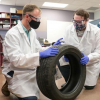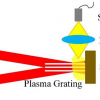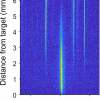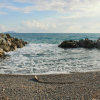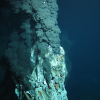
The probability of finding volatiles such as water on the moon is highest in the polar regions, as they are frozen. These substances can be detected, for example, using laser-induced breakdown spectroscopy (LIBS). To this end, scientists in the Solid-State Lasers group of the LZH have designed and built a laser model. The Institute of Optical Sensor Systems of the German Aerospace Center (DLR-OS) incorporated the laser from the LZH into a demonstrator model of the actual “Volatiles Identification by Laser Ablation” (VOILA) measuring instrument. Then, they tested the functionality on regolith simulant, a substance that is very similar to Moon dust, and were able to use it to generate the desired measurement data.
The long-term goal is to integrate the VOILA laser system into a Moon rover. For a laser to be suitable for use on the Moon, it must meet specific requirements. It must function reliably in extremely cold areas with temperatures significantly lower than –100° C, which are extremely problematic for conventional laser systems. For transport on a Moon rocket, it must be small and compact, and also very robust so that it does not get damaged during the strong vibrations of the rocket launch.
The plan for real-world use on the Moon already exists, and the concept for a laser flight model design ensures that the planned laser will actually fit into the available volume on the Moon rover.


